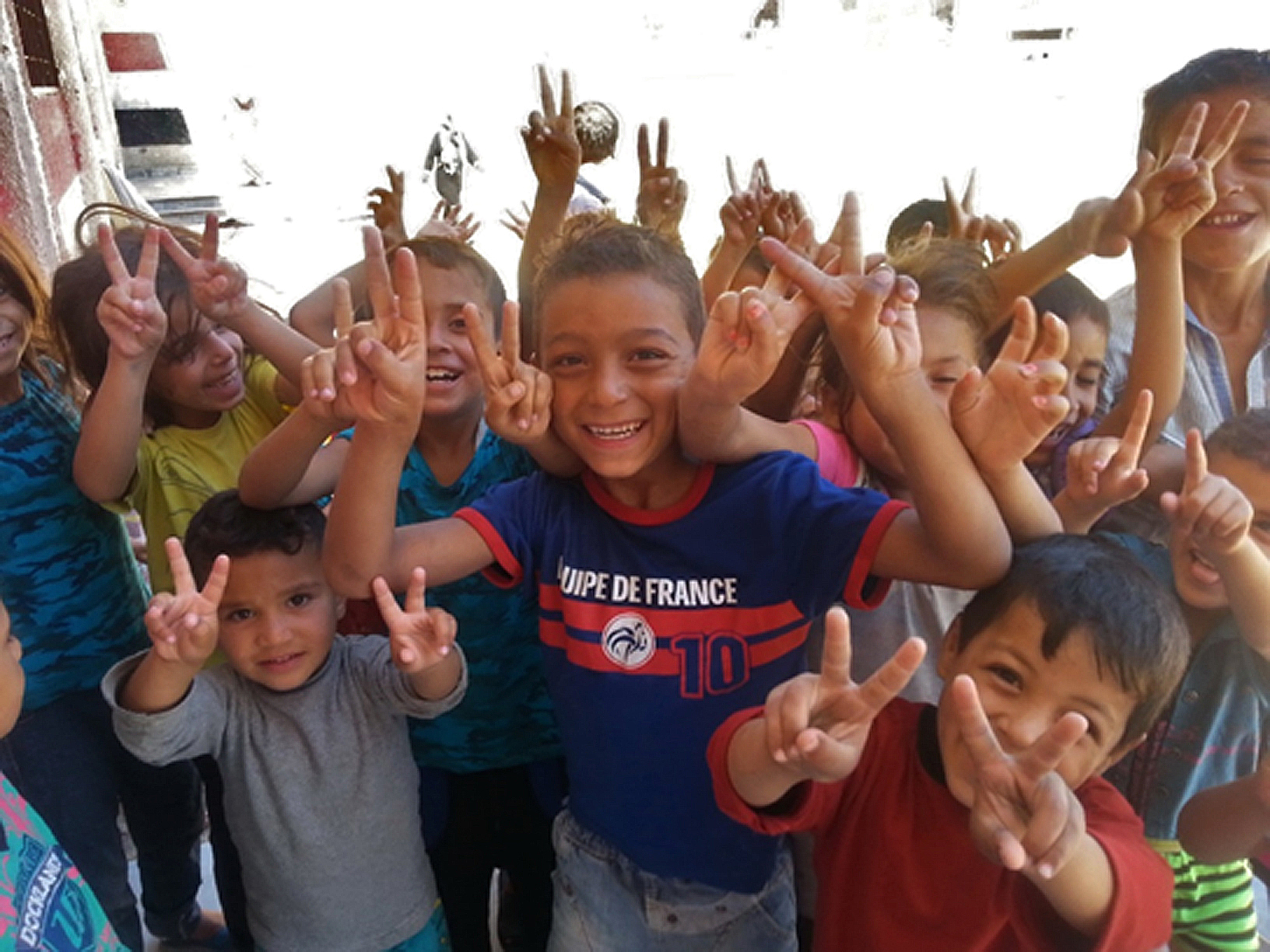
Syria
While the prevalence of current wheeze in ISAAC III in Syria was 6.5%, for the 13-14 year age group (adolescents), in GAN Phase I, 17 years later it was surprisingly 19.8%. For the 6-7 year age group (children), it went from 4.7% to 10.8% over a period of 16 years. The Syrian war started in 2011 and brought new chemical pollutants, higher exposure to passive smoking, and stress. These factors were associated with higher prevalence and severity of wheezing, confirmed by answers to questions that we added to the GAN survey (see table p55).
In the GAN survey it was of concern to find that doctor diagnosed asthma in the adolescents of 8.9% was much lower than current wheeze(19.8%), which alludes to underdiagnosis of asthma in the adolescents.
In 2018, a survey was conducted to track underdiagnosed and uncontrolled asthma in shelters during the Syrian conflict. This was a collaborative survey between the Global Alliance against Respiratory Disease (GARD) GARD-Syria and the Asthma Ontario Surveillance Information System. The results showed that asthma was doctor diagnosed in 8%, and was uncontrolled in all subjects. Only 4% used inhaled corticosteroids. While 40% of non-diagnosed asthmatics replied yes to the question “Do you wake up by attacks of cough, wheezing and breathlessness”, this suggests underlying undiagnosed asthma that could have been concealed by poorer environmental and psychological conditions (36% suffered Post Traumatic Stress Disorder).
A national committee for asthma in collaboration between the Ministry of Health (MOH) and Tishreen University, the GARD-WHO collaborating centre for chronic respiratory diseases (CRD) and co-morbidities, edited a National technical guide for CRDs, which was based on GINA and WHO-package of essential non-communicable disease interventions for primary health care (PEN) algorithms in 2016. It was updated in 2021, adding chapters for COVID-19 and air pollution interaction with CRD. The guide is uploaded on MOH website, Medical Syndicate website, Syrian Private University and the Tishreen University website. This guide was adopted by Syrian MOH for training and programs. The WHO country office is helping.
Medications
Short-acting β2-agonists, inhaled corticosteroids, and combined ICS-LABA, are offered for free in hospitals, and in primary care centres thanks to International help. They are also available in private pharmacies.
Curriculum of nursing
There is a lack of the essential information on how to educate for asthma. This is the same in the pharmacies. We are working to update the curriculum.
